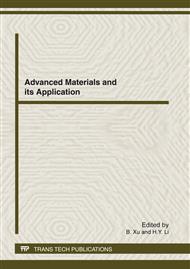p.82
p.86
p.90
p.94
p.98
p.103
p.107
p.119
p.127
Steering Control of an Autonomous Vehicle Based on RBF Neural Networks Compensation and Dynamic Systems
Abstract:
A tracking controller based on RBF (Radial Basis Function) neural networks compensating in vision based autonomous vehicles is designed in this paper. One input of the RBF compensating model are the lateral offset which measured by the vision system as the distance between the road centerline and the center of the vehicle a certain distance before. Another input is the steering angle which was collected when the vehicle was driving by a human testing driver. The controller is finally made by linearly fitting the parameter of the RBF neural networks. The stability is proven by composite Lyapunov functions. The robustness of the controlled system is theoretically investigated with respect to speed variations and uncertain vehicle physical parameters. Several simulations are made on a sedan vehicle to prove the effectiveness of this controller when perform path tracking on roads with an uncertain curvature.
Info:
Periodical:
Pages:
98-102
Citation:
Online since:
February 2012
Authors:
Keywords:
Price:
Сopyright:
© 2012 Trans Tech Publications Ltd. All Rights Reserved
Share:
Citation:


